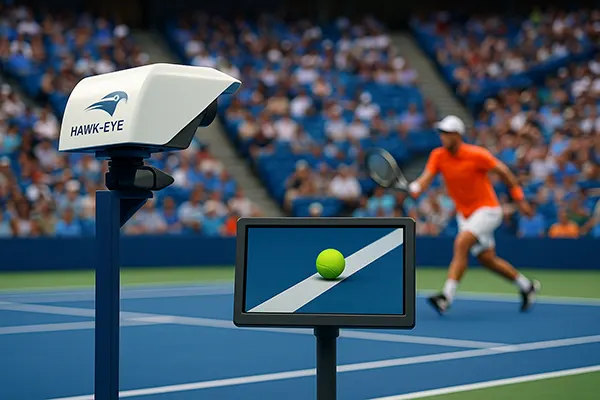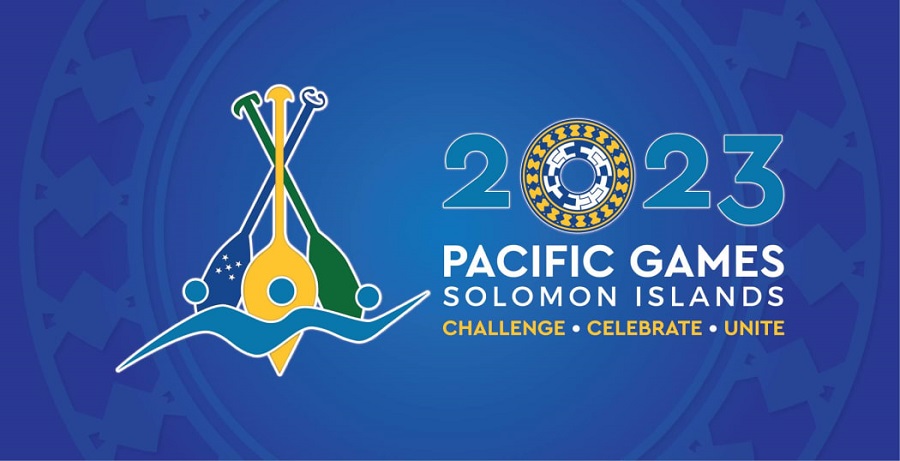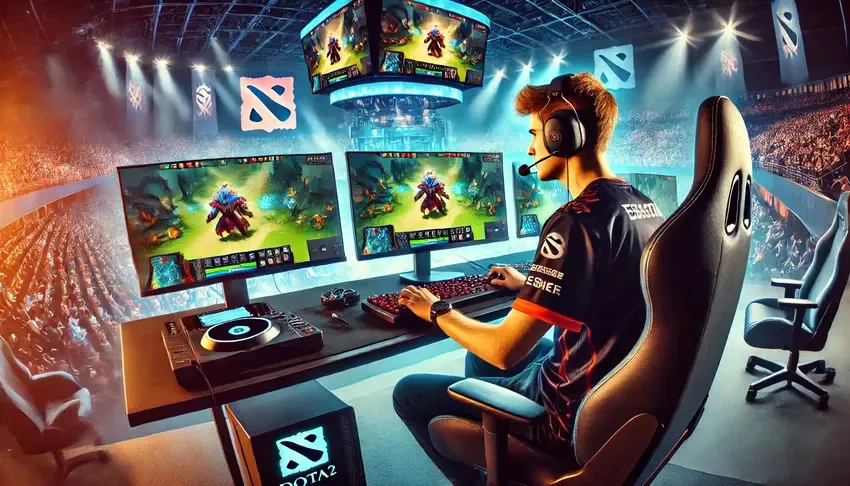
Automated Umpire Technology in Tennis: End of the Human Factor?
The game of tennis has always relied on sharp eyesight and fast decisions from umpires and line judges. Yet, in recent years, the sport has undergone a dramatic transformation with the introduction of automated systems such as Hawk-Eye and electronic line-calling. These technologies are no longer experimental – they are now widely accepted in major tournaments across the globe. This shift has triggered ongoing debates about the value of human judgement, the accuracy of machines, and the overall fairness of the game.
The Rise of Automated Decisions
The early 2000s marked the beginning of Hawk-Eye usage in professional tennis, mainly for reviewing disputed calls. Initially seen as a backup tool, it gradually evolved into a central system. By 2021, the US Open made history by eliminating all line judges on outside courts, relying solely on electronic line-calling technology. Other Grand Slam tournaments soon followed, with the Australian Open and ATP events integrating similar systems to enhance consistency and reduce disputes.
Supporters argue that automated decisions provide a level of accuracy that the human eye cannot match. According to Hawk-Eye’s data, its error margin is less than 3.6 millimetres, significantly lower than what is possible for even the most experienced judge. This precision has not only minimised controversy but has also sped up matches by reducing lengthy player protests.
Despite its benefits, the transition has been gradual due to resistance from traditionalists and concerns over employment for on-court officials. Nonetheless, the overall trend suggests that automated technology is now seen as an integral part of the sport’s future.
Impact on Player Behaviour and Match Flow
One of the most noticeable effects of automated umpiring is on player behaviour. With fewer opportunities to challenge calls, emotional confrontations with referees have largely disappeared. Players now adapt their strategies knowing that line calls are final and indisputable. This has made matches smoother and less prone to heated arguments, contributing to a more professional atmosphere on court.
Moreover, automated calls have increased transparency. Players and fans alike can see replays on big screens, fostering trust in the accuracy of decisions. This has led to higher levels of acceptance among athletes, even those who were once sceptical about the removal of human officials.
At the same time, some argue that tennis has lost a layer of drama and unpredictability. Famous confrontations between players and umpires were once part of tennis folklore. The question remains whether eliminating these moments makes the sport less engaging for audiences.
Technological Limits and Controversies
While automated umpiring is praised for its precision, it is not entirely without flaws. The system relies heavily on advanced cameras and algorithms, which can occasionally misinterpret unusual ball bounces or struggle under extreme weather conditions. Although rare, technical malfunctions have forced matches to pause until the issue was resolved.
Another challenge lies in the cost of implementation. Smaller tournaments, particularly those outside the ATP and WTA tours, often lack the financial resources to adopt full-scale electronic line-calling. As a result, disparities remain between elite events and lower-tier competitions, where human umpires continue to play a central role.
Critics also question whether removing line judges diminishes the human element of tennis. Sport is not only about accuracy but also about tradition, and the presence of officials has long been part of the atmosphere and heritage of major tournaments.
The Debate on Tradition versus Innovation
For some, the removal of human judges represents a loss of authenticity. Tennis has historically celebrated its traditions, from strict dress codes at Wimbledon to the etiquette of player conduct. Automated umpiring challenges these customs by replacing human judgement with computer-generated decisions.
On the other hand, innovation is seen as essential for keeping tennis relevant in a modern sporting landscape. Younger audiences, accustomed to technology in every aspect of their lives, value transparency and efficiency over sentimentality. Automated umpiring may therefore appeal to future generations of fans while ensuring fairness and accuracy.
This balance between preserving tradition and embracing innovation continues to spark debate among governing bodies, players, and fans. It is likely that both views will coexist as tennis adapts to evolving expectations and technologies.

The Future of Officiating in Tennis
Looking ahead, the adoption of fully automated umpiring across all levels of professional tennis appears inevitable. By 2025, most ATP and WTA tournaments already rely heavily on electronic line-calling, and Grand Slams are moving toward standardising its use on every court. This transition suggests a long-term shift where human umpires may be limited to chair officiating or supervisory roles.
Advances in artificial intelligence could further expand the role of technology, allowing systems to monitor foot faults, time violations, and even player conduct. Such innovations could transform officiating into a fully automated process, with human officials acting as overseers rather than decision-makers.
However, tennis authorities face the challenge of managing the cultural and employment impact of these changes. Thousands of line judges worldwide risk losing roles that have traditionally provided a pathway into officiating careers. Addressing this issue through retraining and alternative opportunities will be critical to ensuring a fair transition.
Balancing Human Presence with Technology
Although the trajectory of tennis points towards complete automation, many argue that a balance should remain. Chair umpires, for instance, still play a crucial role in maintaining order, enforcing rules, and interacting with players. Their presence provides a human touch that technology cannot replicate.
Moreover, fans often value the authority of a respected official who can manage tense situations with diplomacy and experience. Removing all human involvement could risk making the game appear overly mechanical and detached from its roots.
The likely outcome is a hybrid future where technology ensures accuracy while human umpires preserve the character of the sport. This balance may ultimately define the next era of tennis officiating, ensuring both fairness and tradition are respected.
Popular articles
-
 Bobby Hull: bending his own!
Bobby Hull: bending his own!The top personalities in hockey have a defining characteristic. No …
-
 Predictions for the 2023 Pacific Game...
Predictions for the 2023 Pacific Game...As the eagerly anticipated 2023 Pacific Games approach, sports enthusiasts …
-
 Profession of a Cybersportsman in Dot...
Profession of a Cybersportsman in Dot...The world of esports has grown tremendously over the past …
